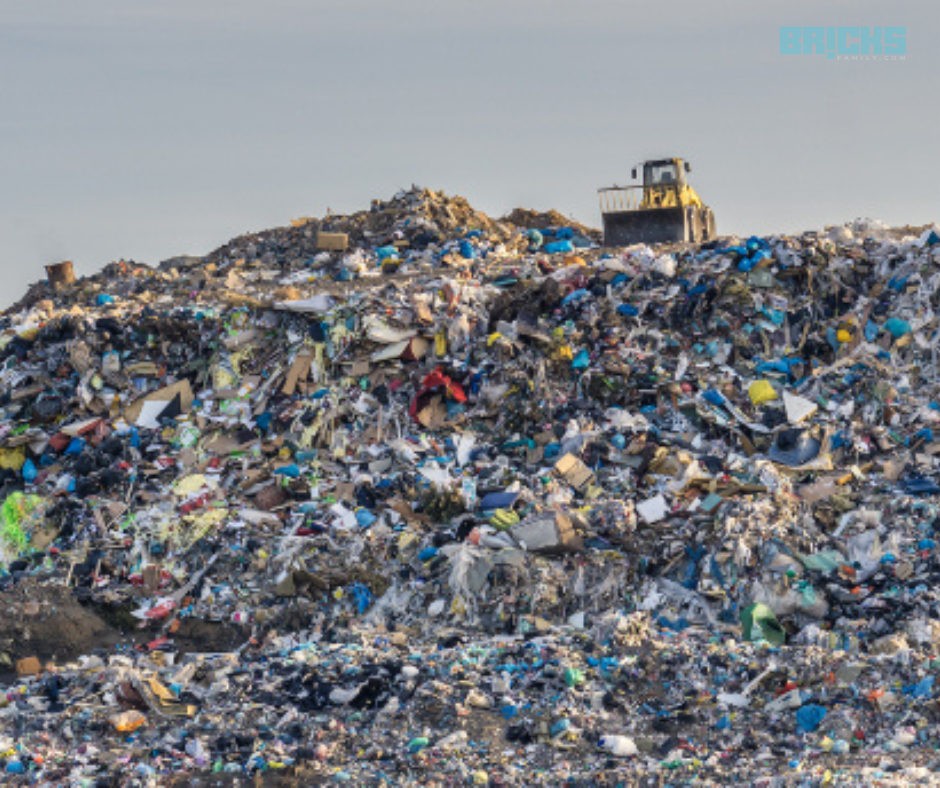In cities of India, Solid Waste management is among the most significant problems facing the country’s development. According to research, an improper garbage disposal can lead to harmful gases and leachates. Thus, urban local bodies (ULBs) must ensure that towns and cities are free of filth.
However, most ULBs are afflicted by a need for a suitable infrastructure. This is due to weak institutional capabilities, a limited budget, and the absence of political support. While many ULBs receive government support but they face financially unstable. The majority of landfills in India are filled up, and ULBs need more money to acquire additional areas. Finding additional dump sites takes a lot of work. This is because some local governments prefer to offer land for disposal from other locations. In this blog, we will see details about Why is solid waste management a herculean task for Indian cities.
Solid Waste Management in India
Solid waste management (SWM) remains a significant problem despite efficient technology and adequate municipal funds. Separating organic and municipal solid waste is the most simple yet efficient method of managing waste worldwide. But, it cannot be easy to put this easy technique into practice in the majority of locations due to the same level of involvement from the public and the authorities. The cities with the largest populations in India are especially vulnerable to the dangers of non-treated garbage. This is because both landfills are authorized and not growing in number near residential areas. This can be a danger to the health of people. Walkthrough study why is solid waste management a herculean task for Indian cities.

Disposal of Solid Waste
The main methods used to dispose of garbage in India remain the same: waste dumping and burning. Most cities and towns get rid of the trash by dumping it outside the city, especially in areas with low elevations; according to a study by the Planning Commission in 2014, people throw more than 80 percent of their waste into dump yards. Garbage dumped on roads, spilling onto drains, or lying on top of waterways is not uncommon in India. This poses a threat to human health and the environment.
Government Regulations and SWM Policies
2016 Solid Waste Management Rules
SWM Rules in April 2016 replaced the Municipal Solid Waste Rules of 2000. The new rules now operate outside the municipal limits. From the point of origin, it allows waste producers to sort their garbage. Dry materials can be recycled and repurposed. They may also use wet waste for composting or biomethanation.
2016 Plastic Waste Management Rules
The MoEFCC released The Plastic Waste Management Rules of 2016, replacing the Plastic Waste (Management and Handling) Rules of 2011. The new rules expand the authority of municipalities to rural areas. Before transferring it to a garbage collection agency, individuals must sort the waste from the plastic. That’s what The Solid Waste Management Rules of 2016 state.
Challenges in Solid Waste Management (SWM)
Following China, as well as China and the US, India is the third largest producer of in the world of garbage. It has a lot of challenges in garbage collection, transport, treatment, and disposal. The growing population of cities and income have led to significant changes in urban consumption patterns and how we manage the Solid Waste Management System. ULBs need to be better equipped to manage the growing amount of waste. The lack of waste separation and inefficient treatment methods are among the reasons. The general lack of concern for waste caused the issue to get worse. Here are a few of the main issues faced by SWM across India:
- There needs to be a system to collect regular data on waste generation. Therefore, estimates and projections of solid waste management vary across agencies. Therefore, the data on the amount of waste produced in India must be more consistent.
- Waste producers have to separate their garbage into three categories: biodegradable, not biodegradable, and hazardous. They are the authorized waste collectors who should be able to receive the separated waste. Many ULBs cannot segregate, collect and sort through various types of waste. In addition, not all are aware of the process of segregation.
- According to research, India’s waste collection system isn’t uniform. It results in low garbage collection effectiveness. The waste collection system is effective only in certain areas.
- In India, most cities and towns dump their waste outside the city’s boundaries. They dump their waste in low areas without taking the required security measures. According to studies, no land is landfill-ready. Finding new land is difficult since ULBs need more funds to purchase it.
- There is still further research conducted in this area. Therefore, it takes time for authorities to come up with solutions for the waste that is generated.
- Local governments need the infrastructure and resources required to improve their Solid Waste Management Systems. This means they need to adopt efficient technology for waste disposal and treatment.
- In India, there is waste-to-energy (WtE) technology. However, it has its problems. Research has proven that operational problems prevent most WtE plants from functioning. Mixed garbage and seasonal changes in waste composition are just a few of the issues.
Conclusion on Solid Waste Management
The Indian Solid Waste Management System is in poor shape. ULBs have been struggling to manage solid waste because they need more funding. Furthermore, garbage collection companies lack legal status and protection. This makes it challenging to sort and collect garbage. Even though in 2016 the SWM Rules addressed several concerns, compliance remains very low. So, it is imperative to have an action plan to decentralize the waste management system.
Also Read: Aadhar Card Update: How to Change Address in Aadhar Card (Online & Offline)?
Similar Topics: What is Immovable Property? Types and Legal Rights















